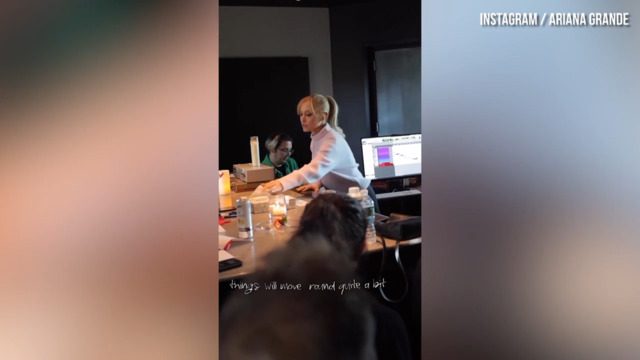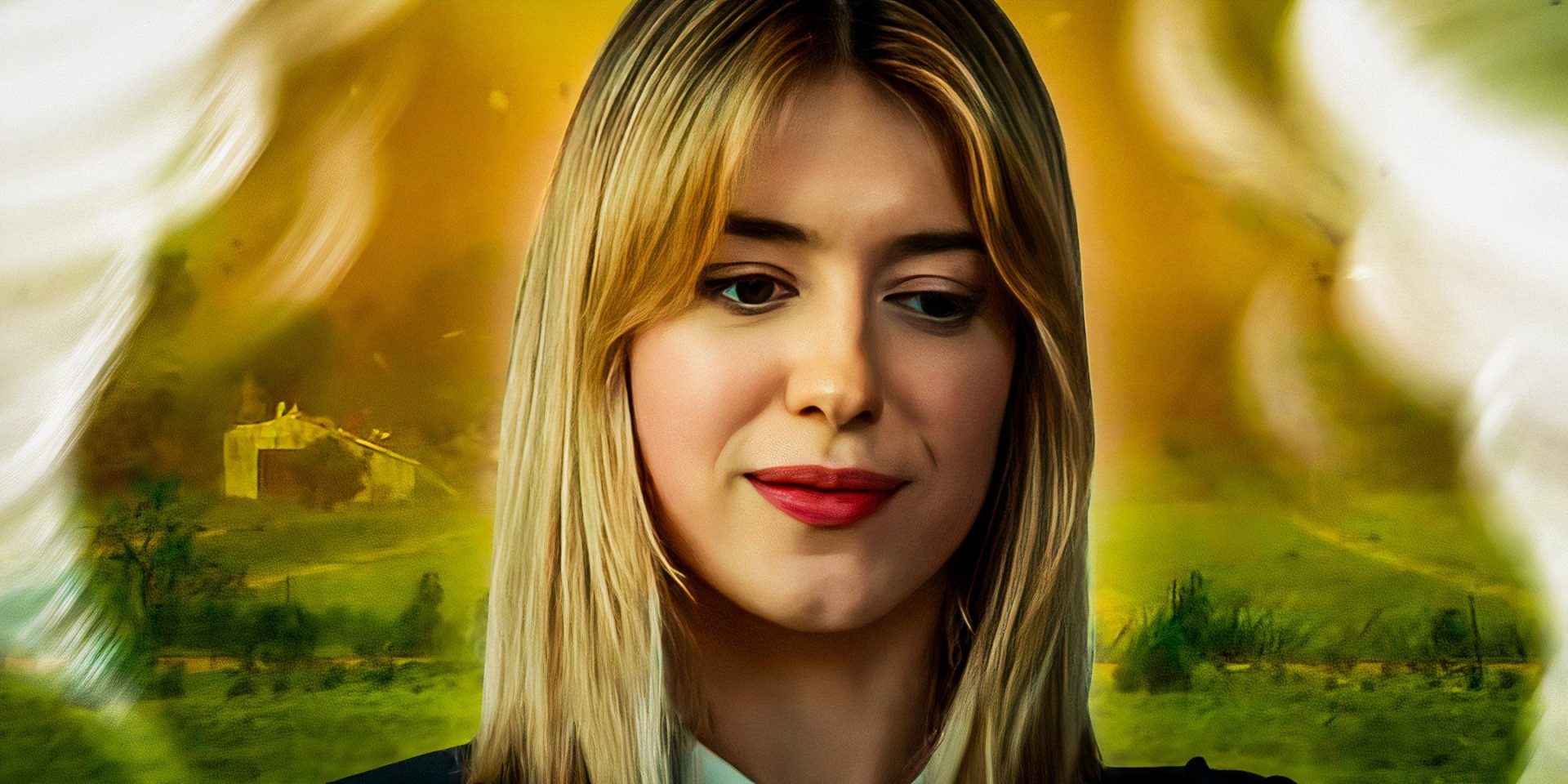Why The Phantom Menace Isn’t As Bad As You Remember It 25 Years Later
Initial reception upon release was largely positive. Critics praised Lucas’ prequel while fans seized the opportunity to revisit one of the definitive pop culture landscapes of their childhood. But then there was a backlash. Driven by the growing concept of “fandom” and the burgeoning world of online discourse, The Phantom Menace would become synonymous with […]
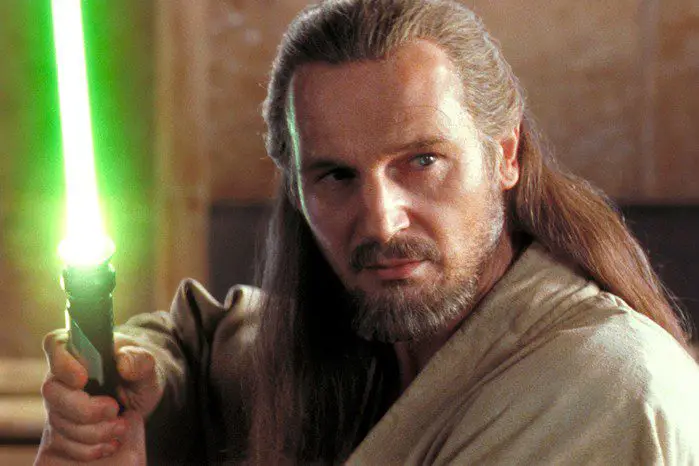
Initial reception upon release was largely positive. Critics praised Lucas’ prequel while fans seized the opportunity to revisit one of the definitive pop culture landscapes of their childhood.
But then there was a backlash.
Driven by the growing concept of “fandom” and the burgeoning world of online discourse, The Phantom Menace would become synonymous with on-screen horror, the object of near-universal scorn from the franchise’s fiercely protective fans. franchise.
More like this
But were they right? Or does Star Wars Episode I deserve a little more appreciation? We’ll take a look.
Bright, airy and grandiose
Looking back, the most surprising thing about The Phantom Menace is how different it is from any other installment in the franchise.
The original films gave us a glimpse of a galaxy under the rule of an evil empire, a dark and dirty world of outlaws and oppression.
But The Phantom Menace offers a completely different view of a galaxy we all thought we knew.
This is an entirely more optimistic context. Through a journey that spans a kaleidoscope of colorful civilizations, the vast cityscape of Coruscant, and the breathtaking vistas of Naboo, viewers can experience the Republic in all its splendor.
Even the spaceships are polished to polished chrome, gleaming with the kind of hope and optimism that stands in stark contrast to the darkness of the original installments or the impending doom that surrounds the rest of the prequel trilogy.
It’s not just the world-building that’s at issue. Against this brightly colored background, we have before us an equally luminous cast.
From Liam Neeson’s stoic Qui-Gon Jinn to the understated excellence of Ian McDiarmid’s future puppeteer Palpatine, the film introduces us to characters who are now as much a part of the Star Wars canon as any from the original ensemble.
And let’s not forget Ewan McGregor, who not only steps out of Alec Guinness’s considerable shadow, but ultimately eclipses him as a Star Wars icon.
Incredible action
For a franchise with conflict in its title, we can’t discuss The Phantom Menace without considering the action.
And while fans may have been scared when the opening exploration detailed the inner workings of galactic trade conflicts, it’s an area where Episode I is undoubtedly effective.
Unlike the subsequent prequels, where Lucas had free rein in his CGI sandbox, The Phantom Menace combines practical effects with computer wizardry. The end result is simply electric.
Whether it’s the adrenaline rush of racing for Tatooine pods or the disconcerting din of space dogfights, the action on screen is an assault on the senses unlike anything else before. that we saw in the original films.
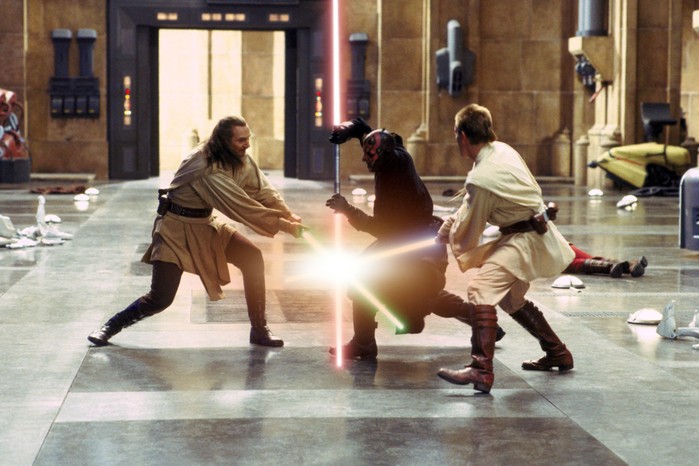
But above all, it is the Jedi in duel who elevate the aspect to excellence in action. The balletic battle with double-bladed Darth Maul is the best lightsaber sequence the franchise has ever committed to projecting.
It’s a thrilling encounter accentuated by John Williams’ incredible score to deliver the kind of thrill fans have long been starved of.
Even the showdown between the Gungans and battle droids succeeds on repeated viewings, offering an improvement over the tree-swinging shenanigans with which the Ewoks delighted young viewers 16 years earlier.
Disdain for Disney
Look, I’m not going to sit here and tell you that The Phantom Menace is a flawless masterpiece – the Citizen Kane of space operas, it certainly isn’t.
From Jar Jar Binks’ problematic patois (or his very existence, for that matter) to the awkward disposition and incessant yippee of Jake Lloyd’s school-aged Sith, the film is fraught with flaws.
But so did every other Star Wars film that followed in its wake, especially those set during Disney’s ownership era.
From the damp Womp Rat that is Solo to the pedestrian plotted sequels, a number of acclaimed directors have tried and failed to breathe new life into a story that moviegoers have been delving into for over five decades now.
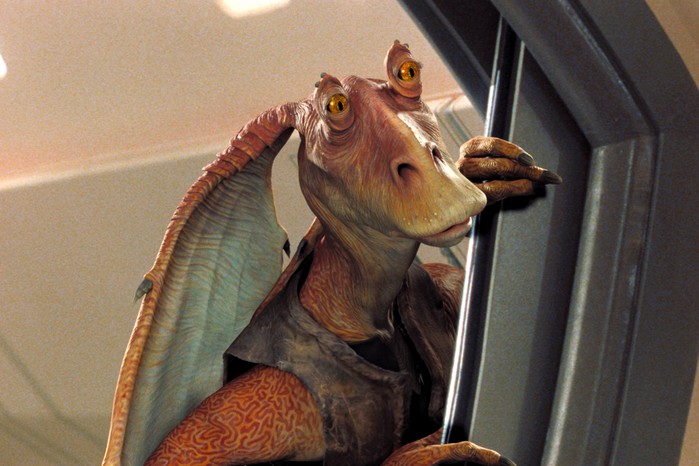
At least The Phantom Menace attempts to achieve more than just another unimaginative tale. Lucas isn’t whipping a dead Bantha here; it’s unapologetically trying to create something different, a jumping off point for a whole new generation of fans to enjoy.
It’s bold, bright and light – a new narrative thread drawn from the comfort of a big screen universe that we’re all happy to snuggle into.
And because of that, it’s far from the affront many fans portray it to be. It’s not even the worst film the franchise has ever produced. In fact, I’d say it’s not even in the top three.
So, if you haven’t revisited it since your first exit from the auditorium in 1999, why not take advantage of the 25th anniversary to rediscover The Phantom Menace? You might just be surprised how much you enjoy it.
Star Wars movies are available on Disney Plus.
Check out more of our sci-fi coverage or visit our TV guide and streaming guide to see what’s on tonight. For more on TV’s biggest stars, listen The Radio Times podcast.

